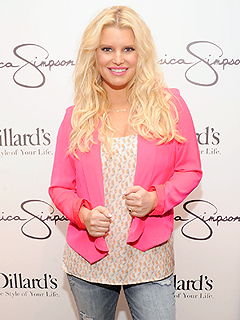NEW YORK (Reuters) - Investors' "fiscal cliff" worries are likely to give way to more fundamental concerns, like earnings, as fourth-quarter reports get under way next week.
Financial results, which begin after the market closes on Tuesday with aluminum company Alcoa , are expected to be only slightly better than the third-quarter's lackluster results. As a warning sign, analyst current estimates are down sharply from what they were in October.
That could set stocks up for more volatility following a week of sharp gains that put the Standard & Poor's 500 index <.spx> on Friday at the highest close since December 31, 2007. The index also registered its biggest weekly percentage gain in more than a year.
Based on a Reuters analysis, Europe ranks among the chief concerns cited by companies that warned on fourth-quarter results. Uncertainty about the region and its weak economic outlook were cited by more than half of the 25 largest S&P 500 companies that issued warnings.
In the most recent earnings conference calls, macroeconomic worries were cited by 10 companies while the U.S. "fiscal cliff" was cited by at least nine as reasons for their earnings warnings.
"The number of things that could go wrong isn't so high, but the magnitude of how wrong they could go is what's worrisome," said Kurt Winters, senior portfolio manager for Whitebox Mutual Funds in Minneapolis.
Negative-to-positive guidance by S&P 500 companies for the fourth quarter was 3.6 to 1, the second worst since the third quarter of 2001, according to Thomson Reuters data.
U.S. lawmakers narrowly averted the "fiscal cliff" by coming to a last-minute agreement on a bill to avoid steep tax hikes this weeks -- driving the rally in stocks -- but the battle over further spending cuts is expected to resume in two months.
Investors also have seen a revival of worries about Europe's sovereign debt problems, with Moody's in November downgrading France's credit rating and debt crises looming for Spain and other countries.
"You have a recession in Europe as a base case. Europe is still the biggest trading partner with a lot of U.S. companies, and it's still a big chunk of global capital spending," said Adam Parker, chief U.S. equity strategist at Morgan Stanley in New York.
Among companies citing worries about Europe was eBay
REVENUE WORRIES
One of the biggest worries voiced about earnings has been whether companies will be able to continue to boost profit growth despite relatively weak revenue growth.
S&P 500 revenue fell 0.8 percent in the third quarter for the first decline since the third quarter of 2009, Thomson Reuters data showed. Earnings growth for the quarter was a paltry 0.1 percent after briefly dipping into negative territory.
On top of that, just 40 percent of S&P 500 companies beat revenue expectations in the third quarter, while 64.2 percent beat earnings estimates, the Thomson Reuters data showed.
For the fourth quarter, estimates are slightly better but are well off estimates for the quarter from just a few months earlier. S&P 500 earnings are expected to have risen 2.8 percent while revenue is expected to have gone up 1.9 percent.
Back in October, earnings growth for the fourth quarter was forecast up 9.9 percent.
In spite of the cautious outlooks, some analysts still see a good chance for earnings beats this reporting period.
"The thinking is you need top line growth for earnings to continue to expand, and we've seen the market defy that," said Mike Jackson, founder of Denver-based investment firm T3 Equity Labs.
Based on his analysis, energy, industrials and consumer discretionary are the S&P sectors most likely to beat earnings expectations in the upcoming season, while consumer staples, materials and utilities are the least likely to beat, Jackson said.
Sounding a positive note on Friday, drugmaker Eli Lilly and Co
(Reporting By Caroline Valetkevitch; Editing by Kenneth Barry)










